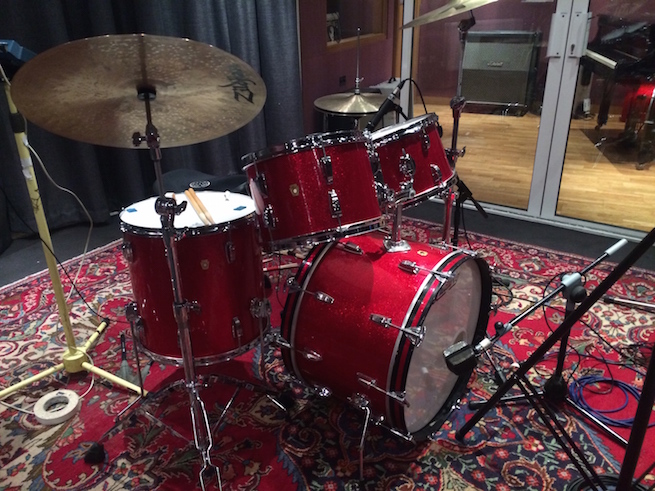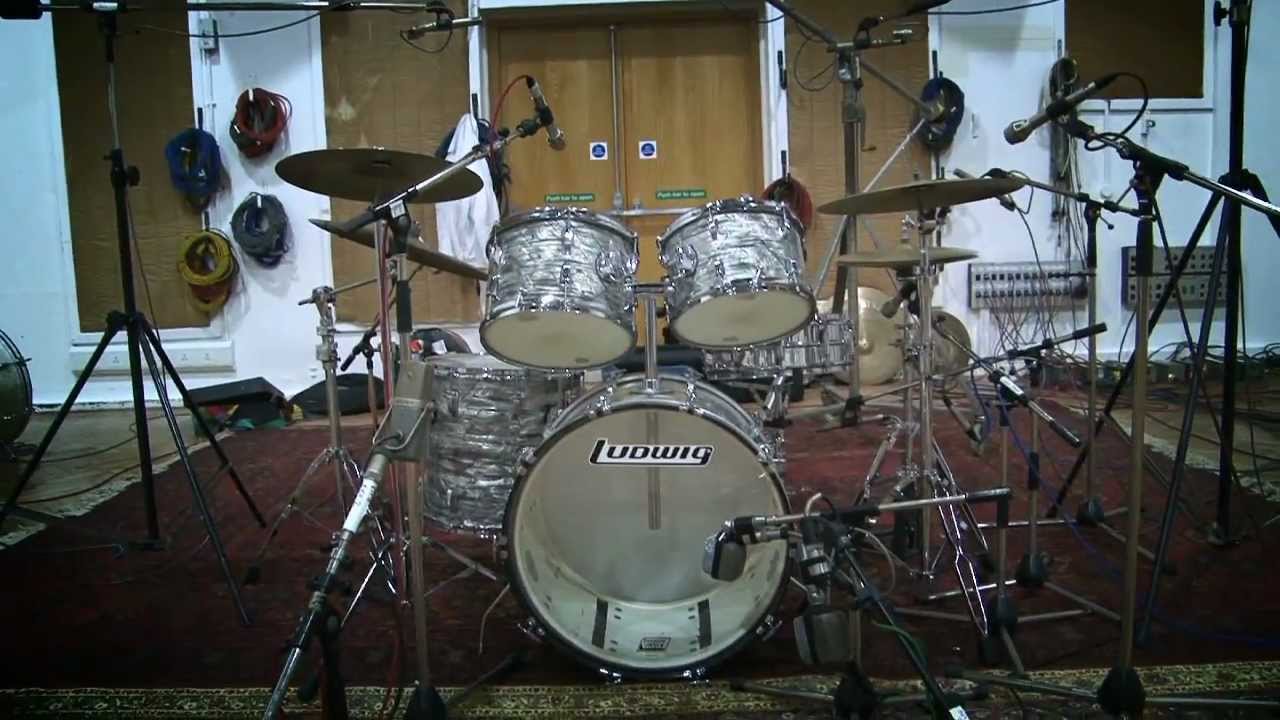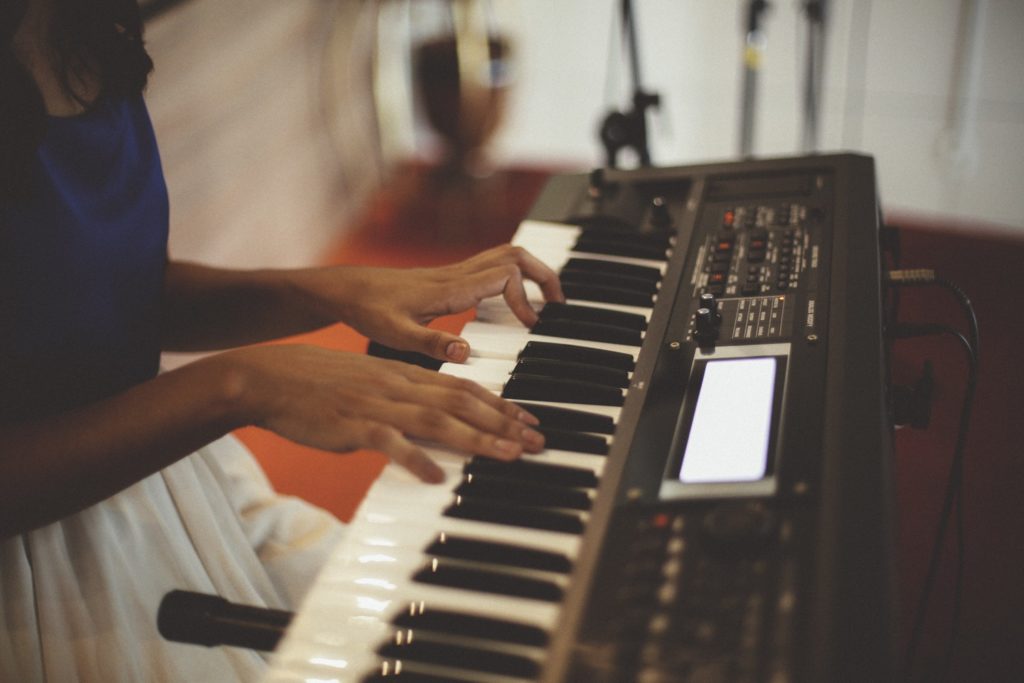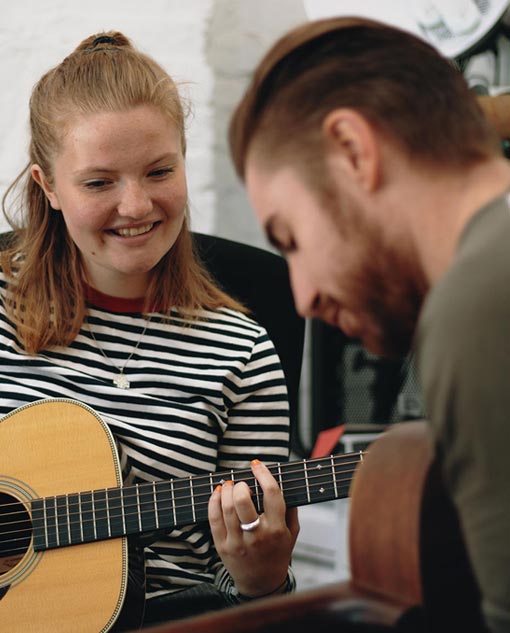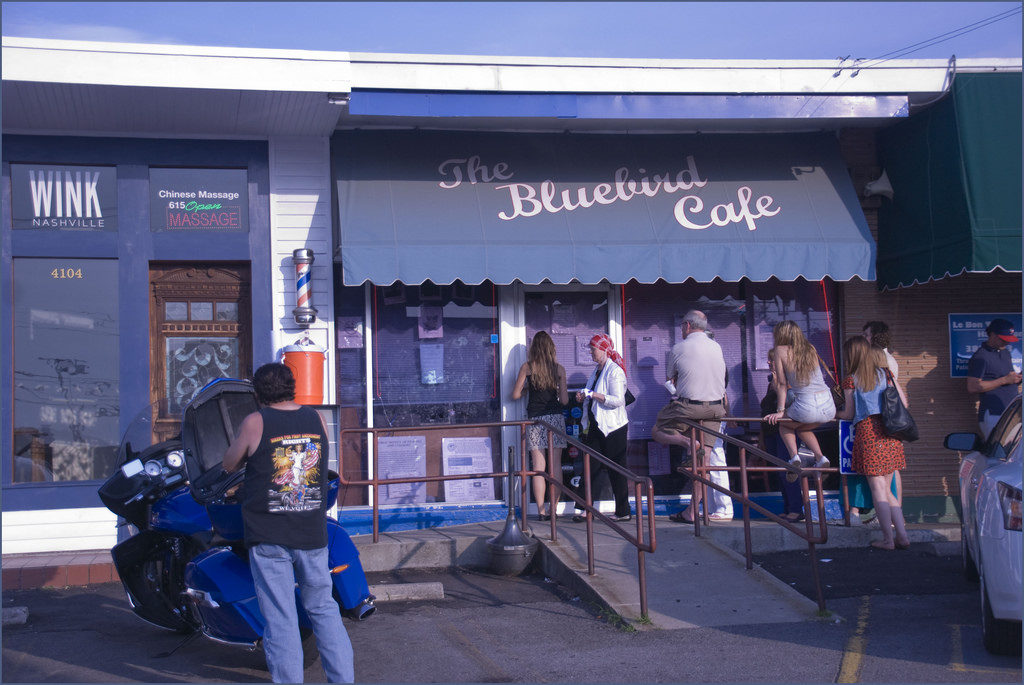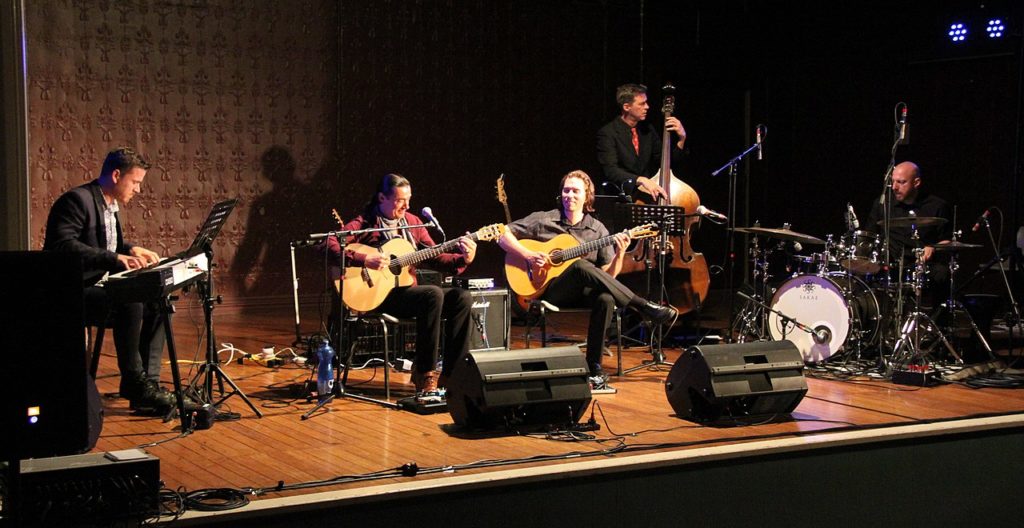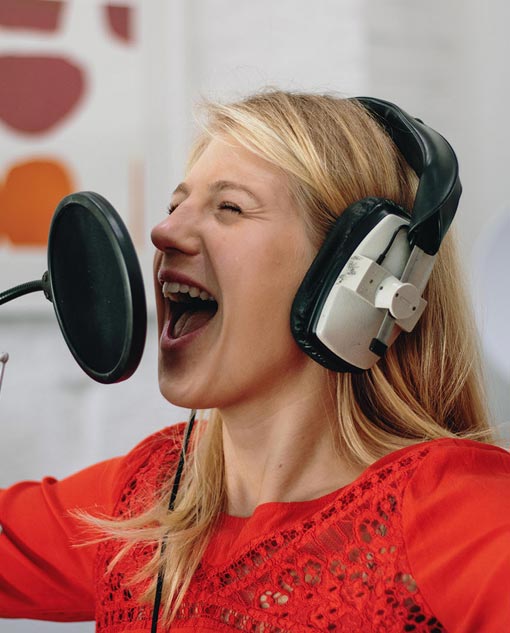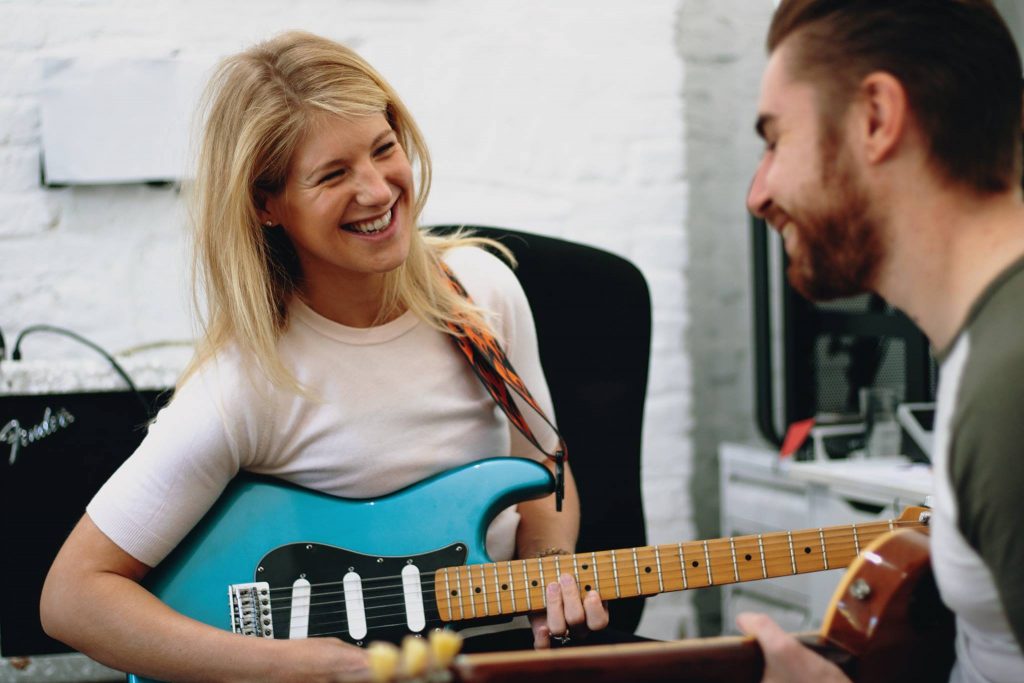Throwback Theories: How to get that 60’s Drum Sound
The Beatles, Cream, Led Zeppelin, Amy Winehouse. All these artists have a distinctly vintage sound reminiscent of the 1960’s, and for three of them, they got an obvious excuse; they were around in the 1960’s.
But how come Amy Winehouse’s music makes us think of that era too? Sure her songwriting style takes influence from artists of that day, but songwriting style alone doesn’t help an album have a distinctly vintage feel. Her producer Mark Ronson pulled on old school recording techniques to give her 2006 sophomore album a subtle vintage flair that would cement her already vintage vibe. And one of the most important techniques he used was the 60’s drum sound.
Today we’re going to be looking at how one of the most simple microphone set ups, ended up becoming one of the most classic and sought after sounds to date.
60’s Drum Sound
For anyone who has been in a studio to record drums in the last four decades, they may find an image of a drum kit with only two microphones near it confusing. Modern day
recording equipment has given musicians and producers alike a multitude of luxuries that were not available to the players of yesteryear. Things like digital multi-track recording and overdubbing allow for limitless attempts to nail a song, and offer the chance to edit and comp together thousands of perfect takes at whim.
Back in the 1960’s, studios ran very differently. Most studios built their own desks and equipment themselves and due to recording consoles being in their infancy at that time, the desks were often very simple. Multi-track recorders were only developed in 1955; so even in 1960 these consoles were still very expensive and therefore not commonplace. So most songs were recorded live and all in one take. It also meant that you couldn’t afford to give up several channels for recording drums, otherwise you wouldn’t be able to record anyone else!
Thus the 60’s drum sound was born. Two microphones, one for the kick, and another hanging from the ceiling to capture everything else, bounced down to one mono track and you’ve got your drum sound. Its crazy to think that a sound that has become so coveted was born out of necessity and or space conservation. But then a lot the iconic sounds of that era were created in the same way!
Lets talk specifics. Not any two microphones will do to get your drum sound, nor will placing them anywhere get you the right sound either. You’ll need a variant of the following:
Kick Drum: Dynamic Microphone – AKG D12 was the microphone of choice in that era
Overhead: Ribbon Microphone – Coles STC 4038 was used on “I Wanna Hold Your Hand” and is still in production today!
Placement
So naturally, the placement of these microphones plays a huge part in the overall sound of the 60’s drummer. So here are some simple steps to follow when getting your 60’s drum sound:
- Place your kick drum mic roughly a foot away from your kick drum and around the height of your kick pedal
- Aim it towards where it hits the drum. Your kick can be used either with, or without a cover
- Place the overhead mic over the centre of the kit, roughly where the snare and the toms meet
- Adjust the height of your overhead depending on whether you’re getting enough of the entire kit sound through your mic
- Try and use a smaller kit setup similar to one they used in the 1960’s. You’ve only got one mic to pick up anything from toms to cymbals so the more of them you have, the less you’ll hear!
- Add compression to the channels of your drum tracks. Boosting by a couple of dB to can go a long way to helping your kit have a fuller sound and more presence in the mix
Remember that there are no right or wrong answers when referencing vintage sounds in modern recordings. The last thing you want to do is end up sounding like you’re releasing music sixty years too late, so always be open to experimenting with new ideas as well as old. You never know, you might end up inventing a future classic recording technique!

